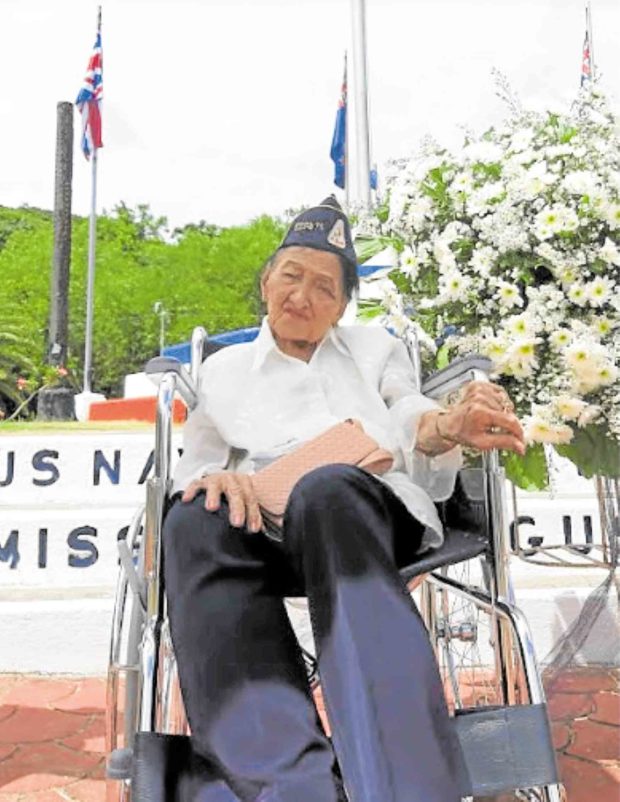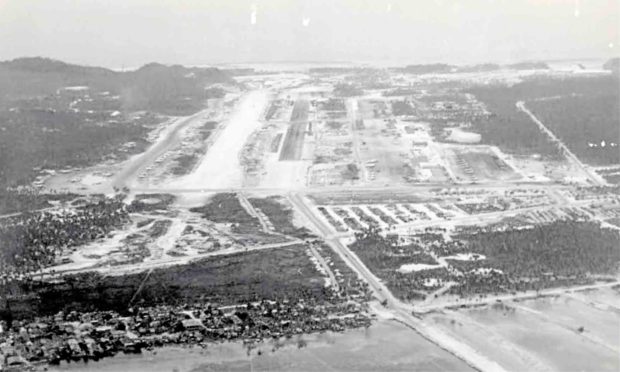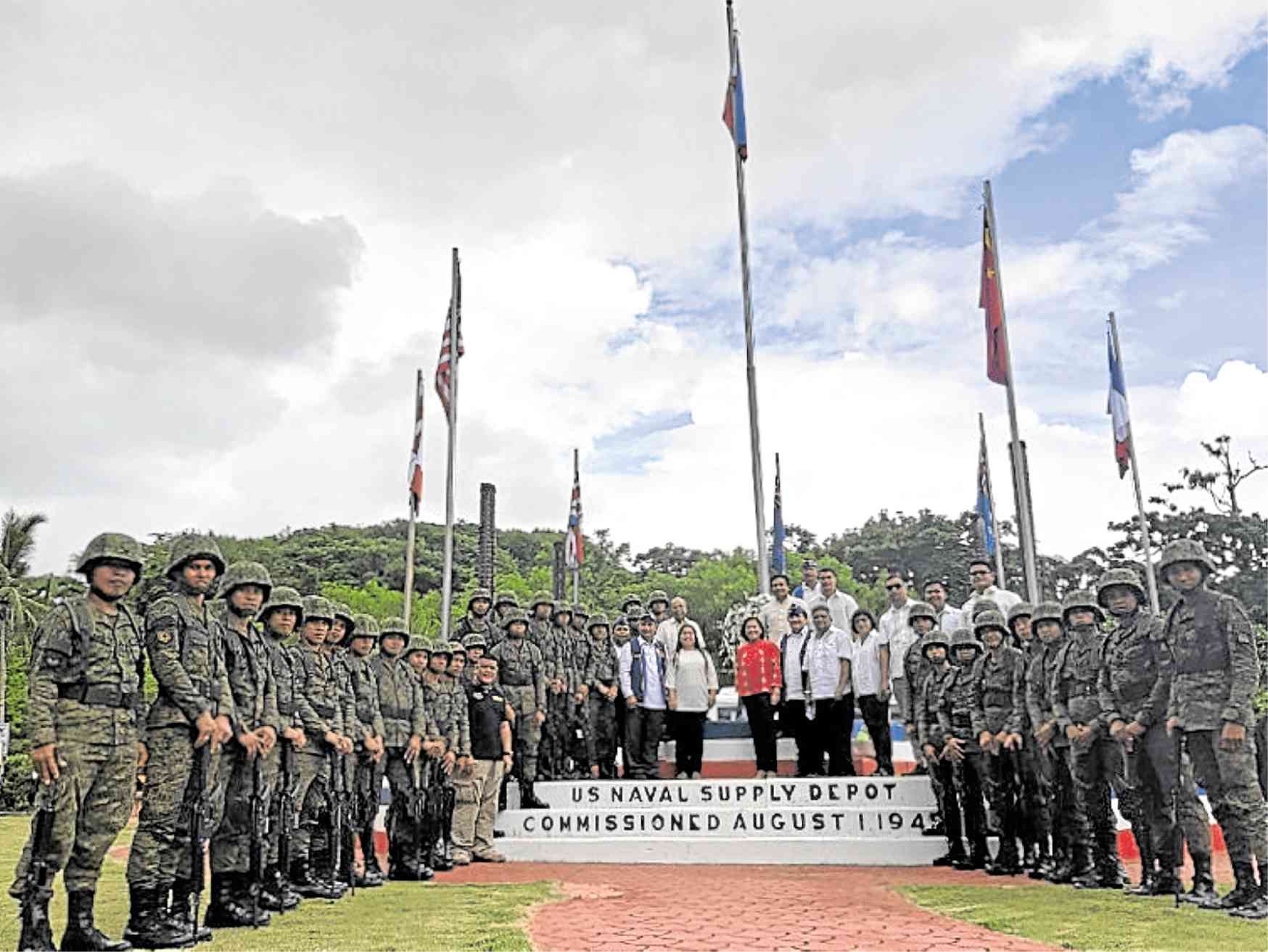
Suluan Island, located between Leyte Gulf and the Philippine Sea in Guiuan, Eastern Samar, figured in recent history as the first place in the country where Supertyphoon “Yolanda” (Haiyan), the strongest tropical cyclone ever recorded, made landfall on Nov. 7, 2013.
But 75 years ago, it played an important role during the Battle of Leyte Gulf, the start of the fall of the Japanese imperial forces in World War II and the largest naval battle in history.
The attack on Suluan by the United States 6th Ranger Infantry Battalion on Oct. 17, 1944, destroyed a radio station used by the small number of Japanese forces stationed on the island.
Military historian Ricardo Trota Jose said the raid was significant to Philippine and world history because it cleared the approaches to Leyte Gulf and made sure the arrival of the United States fleet was unimpeded of any enemy forces.
The raid included the Dinagat Island and later Homonhon Island.
“They (the raiders) also constructed temporary lighthouses to guide the invasion fleet in Leyte Gulf [since] the Japanese destroyed the prewar navigation aids [in the area],” said Jose.
On Oct. 20, 1944, Gen. Douglas MacArthur arrived in Leyte and restored the civil government in the country three days later in Tacloban, the provincial capital.
From Oct. 23 to 25, the Allied Forces and the Japanese fought a naval and air battle in Leyte Gulf, crippling the enemy.
Following the defeat of the Japanese forces in the Battle of Leyte Gulf, the US forces constructed an air and logistics base in central Philippines to support operations in other parts of the country, China and Taiwan.
Guiuan was chosen as the site since the town was suitable due to its wide expanse of land and adequate coral to be used in pavements and other facilities.

By December 1944, Guiuan (also Samar) Airfield had been constructed and become operational.
The Advance Base Construction Depot located on Calicoan Island, now famous for surfing, was constructed as a storage facility while a major destroyer repair base and a ship repair unit was built on Manicani Island, off the coast of Guiuan town proper.
In the island of Tubabao, a receiving station was established complete with mess halls, recreation facilities and utilities serving 10,000 men.
Largest naval base
From 1949 to 1951, the island became a refugee camp for the White Russians fleeing the communist revolution in China.
With the construction of US facilities in town, Guiuan became one of the largest, if not the largest, naval bases in the Far East with 30,000 US personnel.
Rumor has it that the bomber Enola Gay landed in Guiuan to refuel before proceeding to Hiroshima, Japan, where the first atomic bombing in history took place on Aug. 6, 1945.
Following the end of World War II, the Guiuan Naval Base and related sites and structures were decommissioned.
In 2008, a portion of the airstrip was rehabilitated and converted into Guiuan Airport and in 2013, the airport became the hub of relief operations during Yolanda’s aftermath.
In the recent commemoration of the Suluan Raid, Guiuan Mayor Annaliza Gonzales-Kwan said, “Although remnants of the Guiuan World War II mega base can still be seen in the landscape of Guiuan, this important episode in our nation’s history has faded over time.”

“For the 75th Anniversary of the Leyte Landing and Suluan Raid, may the role of Guiuan during World War II be revived and remembered again,” she added, underscoring the town’s heritage of kindness and hospitality as evidenced by the locals’ friendly interaction with Ferdinand Magellan and his crew in 1521, the American troops during World War II and the White Russian refugees.
“So the world was kind to us as well when it was our turn to seek for help when Yolanda devastated our town,” she said. —CONTRIBUTED









































